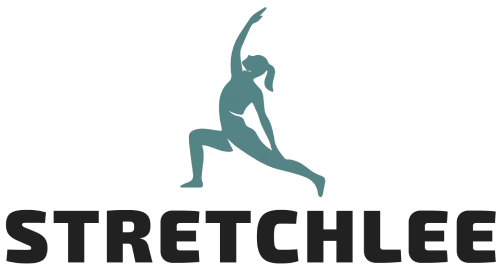The levator scapulae is a slender muscle at the side and back of your neck. Proper to its name, its primary function elevates the scapula — your shoulder blade — particularly during shoulder shrugs and neck movements.
Running from the upper cervical spine (C1–C4 vertebrae) to the top inner border of the scapula, this relatively small muscle plays a crucial role in posture, neck mobility, and shoulder stabilization.
Levator Scapulae Muscle Location, Origin, and Insertion
Anatomically, the levator scapulae Muscle:
- Originates from the transverse processes of C1 to C4
- Inserts on the superior angle and medial border of the scapula
- Sits beneath the sternocleidomastoid and trapezius muscles
That nagging knot or dull ache you sometimes feel at the junction between your neck and shoulder? Your levator scapulae are likely the culprit.
What Does the Levator Scapulae Do?
This versatile muscle assists with the following:
- Rotating the scapula downward
- Tilting the head to the same side
- Rotating the neck slightly
- Stabilizing the shoulder during overhead arm motion
The muscle becomes particularly active when you look over your shoulder, carry a heavy bag on one side, or maintain poor posture for extended periods.
Common Causes of Levator Scapulae Tightness and Pain
Levator scapulae discomfort often manifests as:
- A stiff neck when turning your head
- Deep, aching shoulder blade pain
- Tension headaches radiating from the upper neck
- Pain while sleeping, especially with improper pillow support
This tightness, sometimes called “levator scapulae syndrome,” is frequently triggered by:
- Extended computer or phone use (forward head posture)
- Stress-related tension
- Heavy backpacks or shoulder bags
- Poor sleeping position
How to Stretch the Levator Scapulae
This stretch of the Muscle targets tension as well as a restricted range of motion
Step-by-Step Instructions:
- To stretch your left side, turn to the right to be comfortable.
- Pull your head gently downwards and then turn your head towards the right side of your armpit.
- You’ll feel the stretch on the right side of your neck, as well as on your shoulder.
- For 20-30 seconds, and after that, switch sides.
Repeat 2-3 times per side, taking care not to shrug shoulders while stretching.
When to Seek Help for Levator Scapulae Pain
You should consider seeking an assessment by a doctor if your pain persists, flares, or gets worse with movement or during sleep.
A licensed doctor can tell the cause of your symptoms:
- Chronic muscle tension
- Postural imbalances
- Nerve impingement
- Patterns of pain in the referred area
Frequently Asked Questions – Levator Scapulae
What is the levator scapulae muscle?
The levator scapulae muscle is a muscle that stretches from the upper part of the back (nuchal line) to the upper edge of the shoulder blade. It plays an important role in lifting the scapula. It is commonly affected by neck pain or stiffness.
How do you stretch the levator scapulae?
In order to stretch the muscle, tilt off your back in the direction you wish to stretch. After that, slowly push your head back and backward as if you are trying to pull your head towards your armpit. For 20-30 seconds, hold the position and repeat the exercise on both sides.
Why does this muscle get tight or irritated?
The levator scapulae can become tight because of tension, poor posture, or even sleeping on your back with your neck pressed. It’s also a frequent tension point for those who have forward-facing postures or desk jobs.
How do I know if this stretch is right for me?
If you experience neck pain, restricted range of motion or shoulder blade pain, particularly from sleeping on your side, the stretch can assist. Always consult with a chiropractor or medical professional prior to beginning any new stretching routine.








4 thoughts on “What Is the Levator Scapulae Muscle? Best Stretches and Pain Reliefs”
I wish to get across my love for your kind-heartedness for persons that must have help with this important content. Your special commitment to passing the message throughout appeared to be especially productive and has all the time made professionals much like me to reach their desired goals. Your own important recommendations indicates this much to me and even more to my colleagues. Warm regards; from each one of us.
Thank you so much for your kind words! I truly appreciate your support and am glad my work has been helpful to you and your colleagues.
magnificent post, very informative. I wonder why the other specialists of this sector don’t notice this. You should continue your writing. I am sure, you have a huge readers’ base already!
Thanks so much! I really appreciate your kind words and support. I’ll definitely keep writing—stay tuned for more!